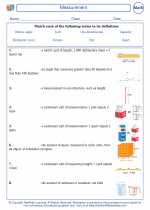Cuboids
A cuboid is a three-dimensional shape that has six rectangular faces. It is also known as a rectangular prism. The opposite faces of a cuboid are equal and parallel to each other. The cuboid is a special case of a rectangular prism where all edges are at right angles.
Characteristics of a Cuboid
- 6 faces: A cuboid has 6 faces, each of which is a rectangle
- 12 edges: It has 12 edges where each edge meets another edge at a corner
- 8 vertices: A cuboid has 8 vertices or corners where 3 edges meet
- Opposite faces are equal and parallel
Formulas for Cuboids
- Surface Area of a Cuboid = 2(lw + wh + lh) where l, w, and h are the length, width, and height of the cuboid respectively
- Volume of a Cuboid = l × w × h where l, w, and h are the length, width, and height of the cuboid respectively
Example Problems
1. Find the surface area and volume of a cuboid with length 5 cm, width 3 cm, and height 4 cm.
Surface Area = 2(5*3 + 3*4 + 4*5) = 2(15 + 12 + 20) = 2(47) = 94 cm2
Volume = 5 * 3 * 4 = 60 cm3
2. A cuboid has a volume of 240 cm3 and its length is 8 cm. If the width is 5 cm, find its height.
Volume = length × width × height
240 = 8 × 5 × height
height = 240 / (8 * 5) = 6 cm
Study Guide
When studying cuboids, it's important to understand the characteristics of a cuboid, such as its faces, edges, and vertices. You should also become familiar with the formulas for calculating the surface area and volume of a cuboid. Practice solving problems involving cuboids to reinforce your understanding of the concepts.
Remember, the surface area of a cuboid is the sum of the areas of its 6 faces, and the volume is the product of its length, width, and height. With enough practice, you'll become comfortable working with cuboids and be able to solve problems with confidence.
.◂Math Worksheets and Study Guides Fourth Grade. Measurement
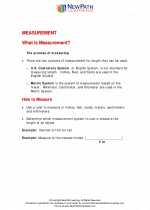
 Activity Lesson
Activity Lesson
 Activity Lesson
Activity Lesson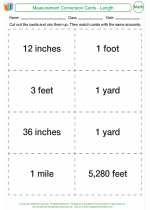
 Activity Lesson
Activity Lesson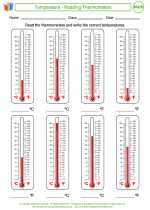
 Worksheet/Answer key
Worksheet/Answer key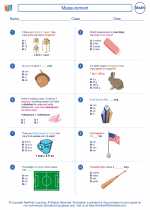
 Worksheet/Answer key
Worksheet/Answer key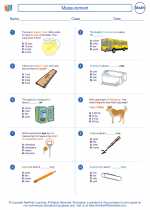
 Worksheet/Answer key
Worksheet/Answer key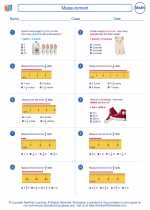
 Worksheet/Answer key
Worksheet/Answer key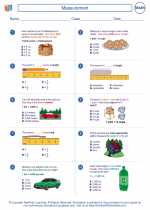
 Worksheet/Answer key
Worksheet/Answer key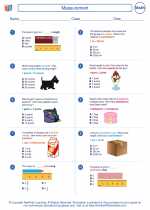
 Worksheet/Answer key
Worksheet/Answer key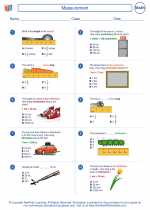
 Worksheet/Answer key
Worksheet/Answer key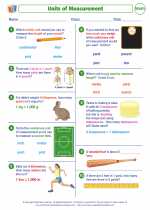
 Worksheet/Answer key
Worksheet/Answer key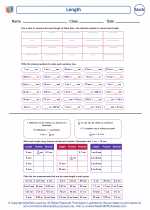
 Worksheet/Answer key
Worksheet/Answer key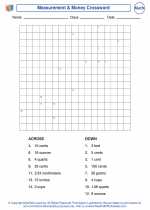
 Worksheet/Answer key
Worksheet/Answer key
 Vocabulary/Answer key
Vocabulary/Answer key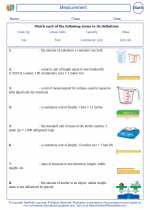
 Vocabulary/Answer key
Vocabulary/Answer key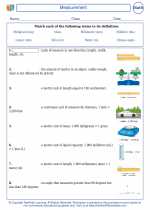
 Vocabulary/Answer key
Vocabulary/Answer key